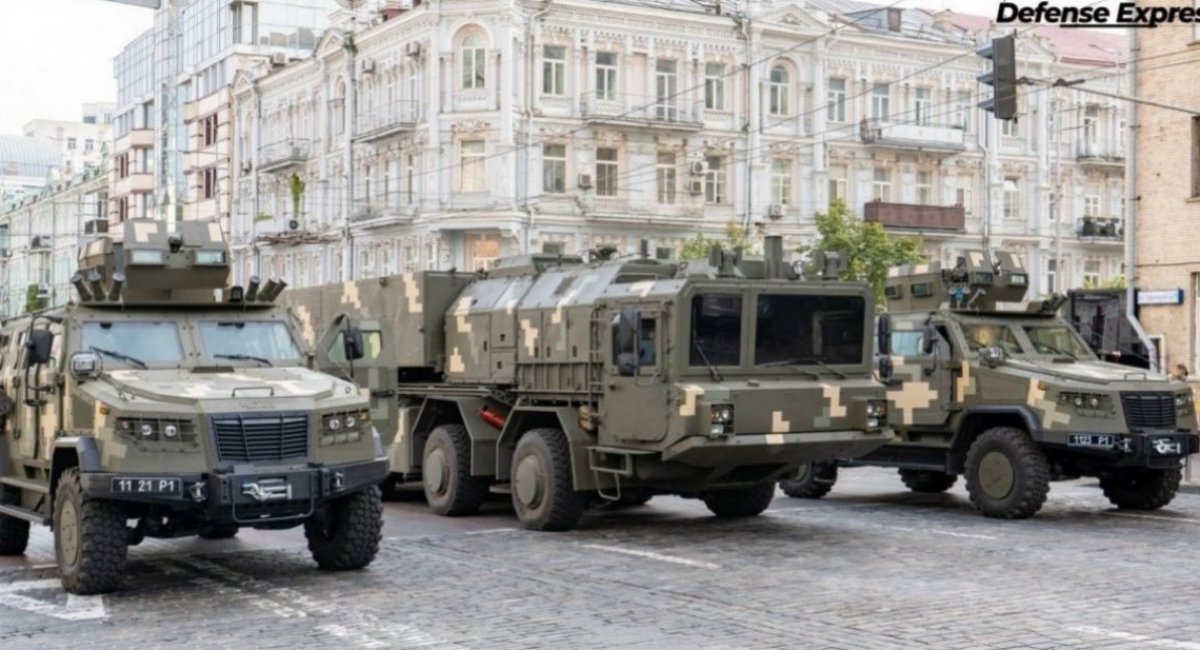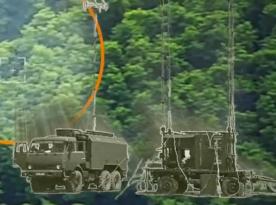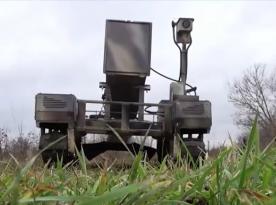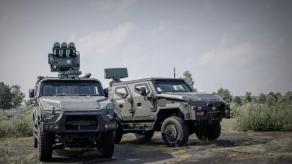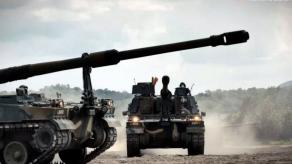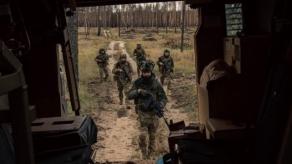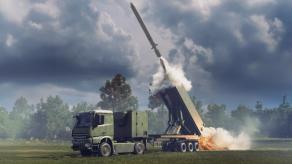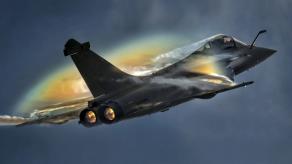Ukraine has presented its own defense projects and procurement needs that could receive funding under the European SAFE loan program, a key instrument of the ReArm Europe defense plan. The mentioned needs include drones, ammunition, and missiles.
According to the Ukrainian Ministry of Defense, the goal is to secure long-term contracts for the national defense industry through 2030. At the same time, Ukraine still requires European air defense systems, artillery, armored vehicles, missiles, and ammunition.
Read more: russian Troops Lose Fuel Link as Ukraine Strikes the Saratovorgsintez Refinery in Saratov region
EU member states have also submitted their own defense proposals under the SAFE program, focusing on aviation, UAVs, and ground-based weapons. Previously, we covered which Polish defense products were selected for this initiative.
It is worth recalling that the Security Action for Europe (SAFE) initiative enables access to up to €150 billion in loans for the purchase of European and Ukrainian defense products. Generally, participation requires joint procurement by multiple EU members. However, during the first year, an exception allows single-country applications.
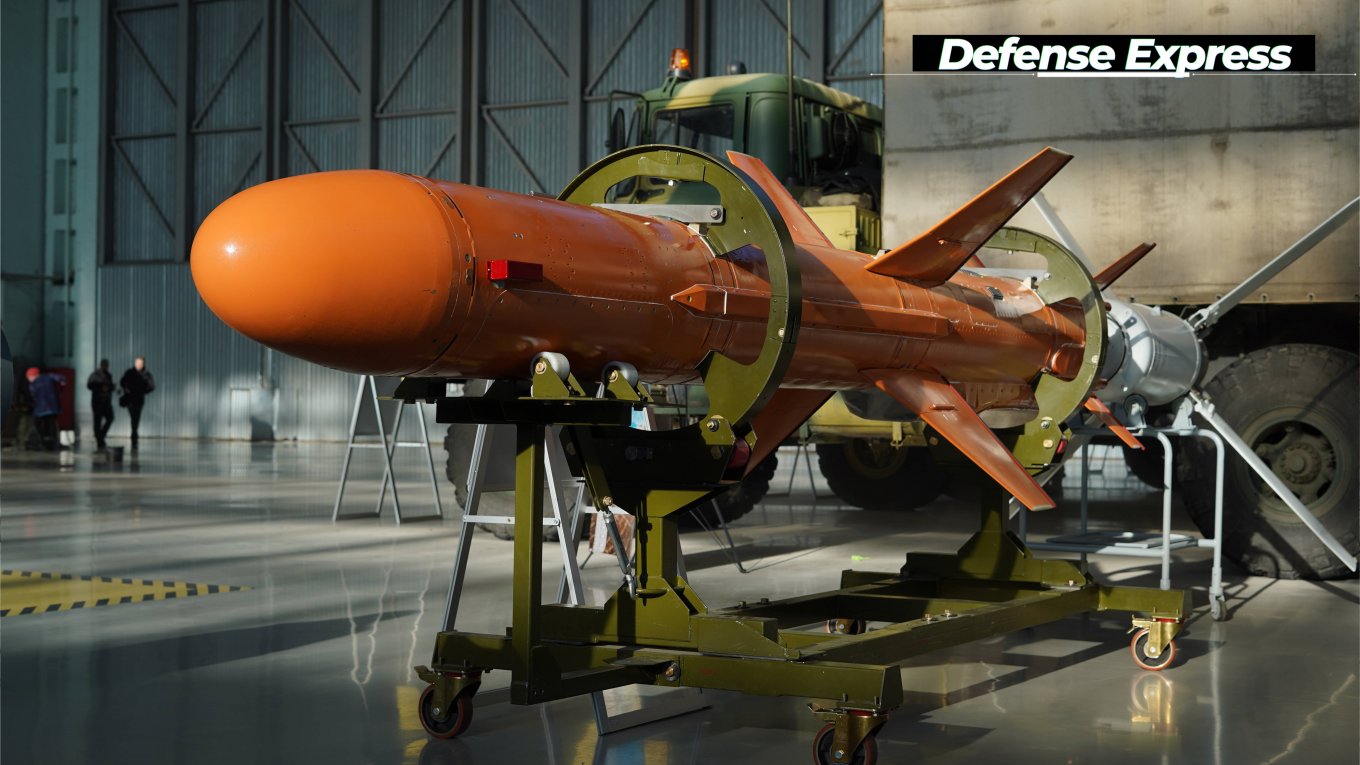
Given that funding remains one of the biggest challenges for Ukraine’s defense industry, participation in this program would be highly beneficial. Ukrainian-made defense tech has already proven effective on the battlefield and has attracted the interest of international partners.
As for specific systems likely to be included, long-range strike capabilities are at the forefront. These almost certainly include combat UAVs like the An-196 Liutyi and the Peklo drone-missile system — both battlefield-tested and previously funded by partner nations.

It is also highly probable that Ukraine has proposed the Neptune cruise missile, which has evolved during the full-scale war from an anti-ship weapon into a long-range strike system already used against russian targets. Another candidate may be the Sapsan ballistic missile, which has seen a recent uptick in updates regarding its readiness, production, and deployment.
Other UAVs likely on the list include FPV drones, naval drones, and unmanned ground vehicles (UGVs). The first two categories have already received funding from European partners, making them strong candidates under SAFE.
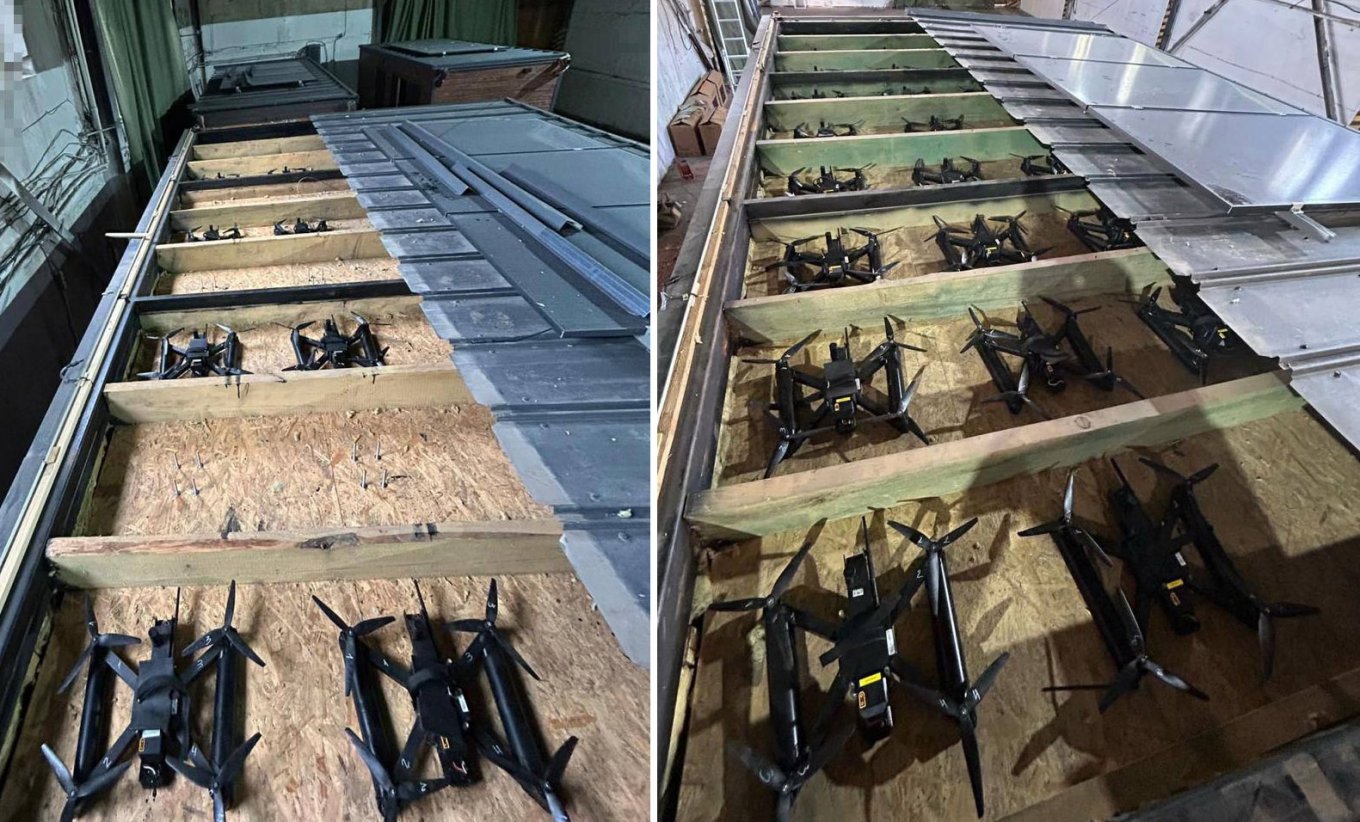
However, fixed-wing drones are a more complex matter, and it is unclear whether they were considered. This may be due to the EU’s tendency to fund procurement of its own defense products in this category.
As previously noted, Ukraine’s Ministry of Defense has expressed interest in collaborating on the procurement — and even joint production — of European weapons. This could include air defense systems, where European solutions are generally more advanced, particularly in surface-to-air missile and anti-aircraft artillery departments — the only exception being drone interceptors, a technology Ukraine has developed from scratch and refined in combat.
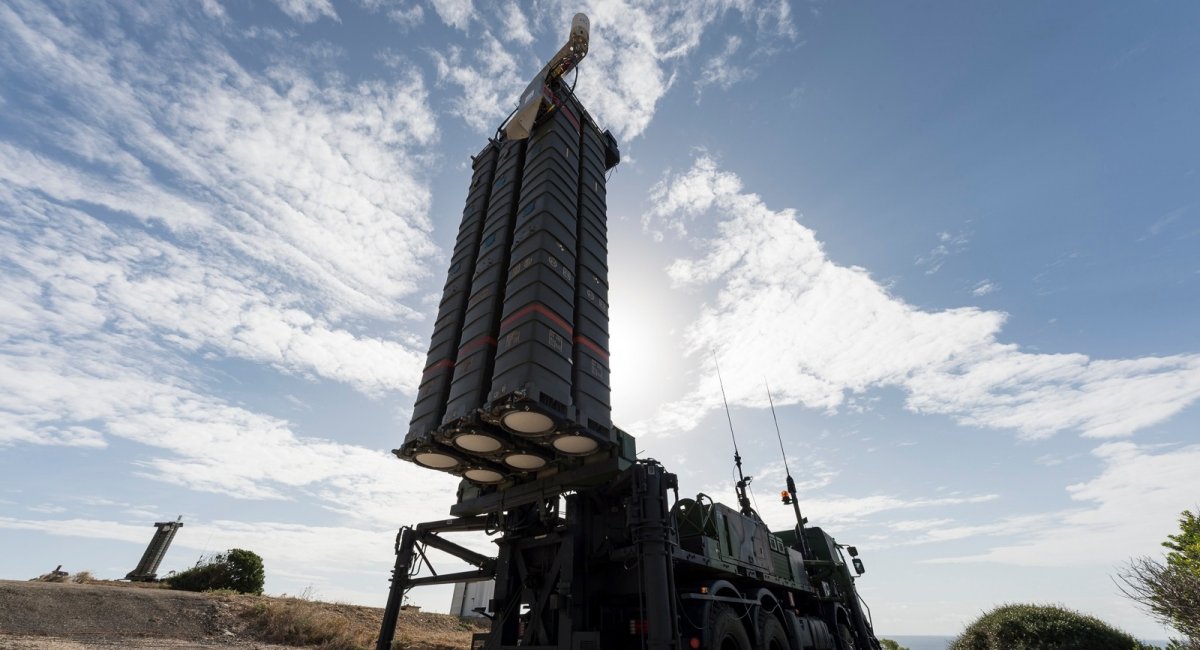
When it comes to armored vehicles, the situation is more nuanced. Ukraine’s defense industry offers a wide range of battle-proven armored vehicles, many of which offer performance competitive with foreign counterparts while also being more cost-effective.
Still, the real discussion appears to center on heavy armored systems, such as infantry fighting vehicles (IFVs) and tanks, which remain in short supply for Ukraine’s Defense Forces. The EU can offer platforms like the CV90 and Lynx IFVs — the latter is even planned for localized production in Ukraine, enhancing its appeal.
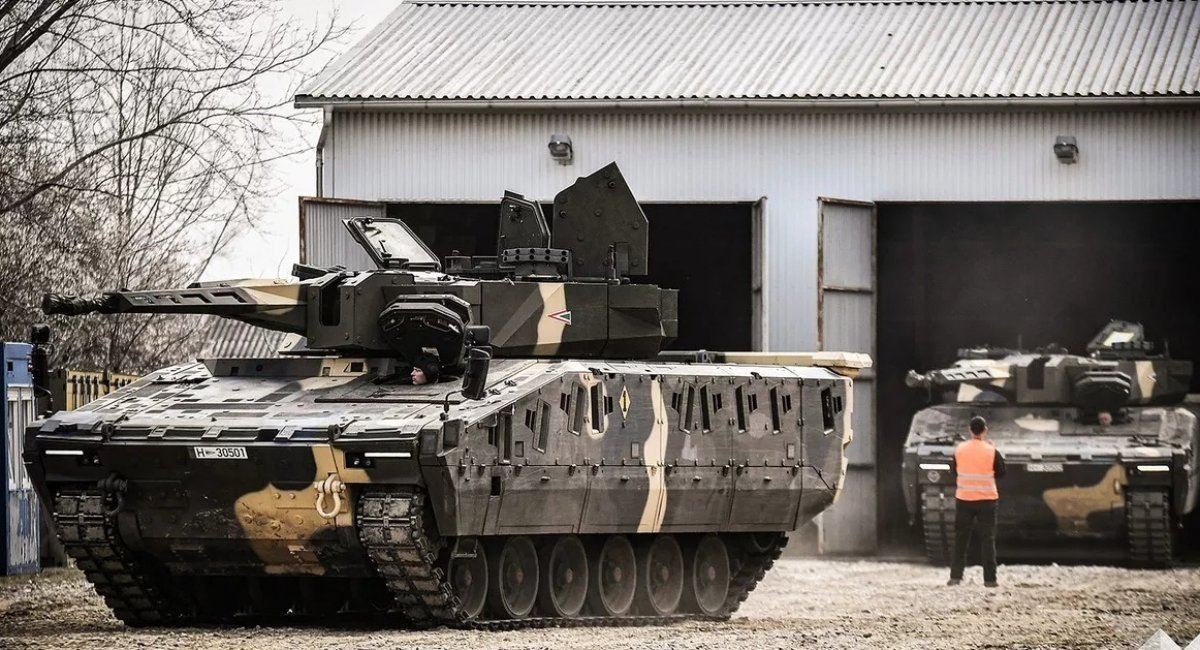
Leopard 2 tanks would also be an attractive procurement option, as stocks of Soviet-era and older models are nearly exhausted. However, a major obstacle lies in the use of Israeli active protection systems, since Jerusalem doesn't allow handing any of its weapons over to Ukraine.
Finally, ammunition remains a critical and ongoing need — produced both domestically and by European industry. Given its persistent shortage, leveraging every opportunity for procurement is a logical step.
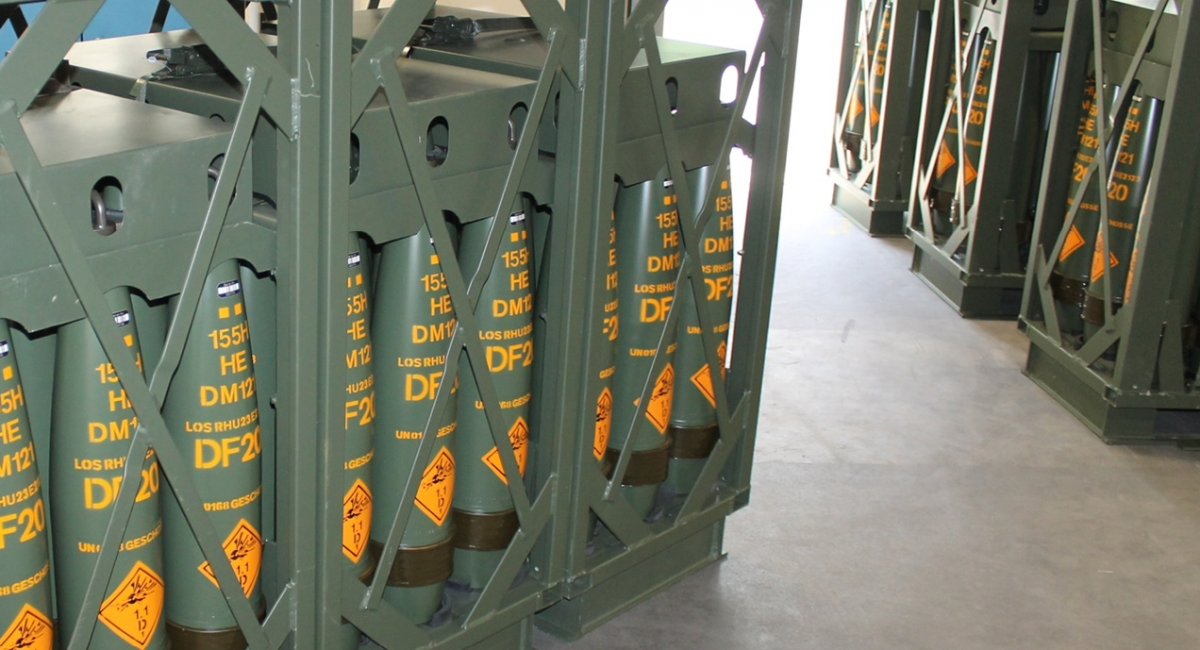
Despite certain limitations, Ukraine has the opportunity to secure EU funding for a range of highly relevant and urgently needed defense systems. The final decision now rests with EU member states and the European Commission.
Read more: Germany to Invest Over €100 Million in Production of Ukrainian An-196 Liutyi Strike UAV




